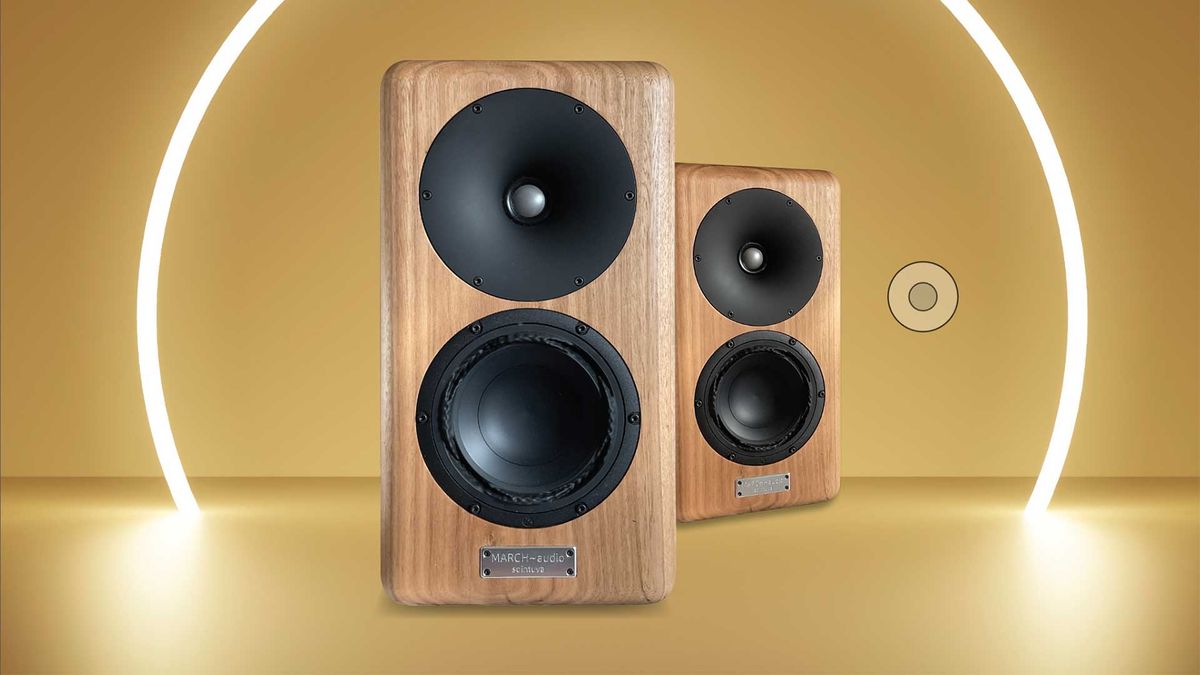I didn’t mean “heard of” to be the same thing as “listened to”.
…
No… I actually heard them in person, and they sounded very good. Surprisingly good bass too.
Maybe I listened to them, but I was listening to the music and the speakers just disappeared.
I'm saying that I too am surprised to see this speaker reviewed in this publication, and that given the well documented issues with these speakers, and March Audio, that this seems like an effort by the manufacturer to save face. At least with the subjectivists who read What Hifi.
Well maybe there is some spread of QA as many owners seem to like them, and yet a few individuals have complaints.
Some of the well documented cases retracted their positions a bit, so it is unclear whether there is a problem with the speakers or the customer/March interactions, or something else.
I can only comment on the pair I heard, which seemed more like a sound stage… than a distinct pair of speakers.
And to say “subjectivists” is a bit on the nose, IMO.
Unless one is living under a rock, then it is literally the best objective measuring speaker that Erin and some others have measured (at least in that size/class.)
One can wax about subjective reviews all one chooses, but the objective reviews also exist… and they are screaming goodness.
The only thing that may not be good is the impulse response and step function response… or maybe those were not shown.
Granted I heard them first… subjectively, and then I awaited the objective review.
Why not use both approaches? They should correlate if we know science.

